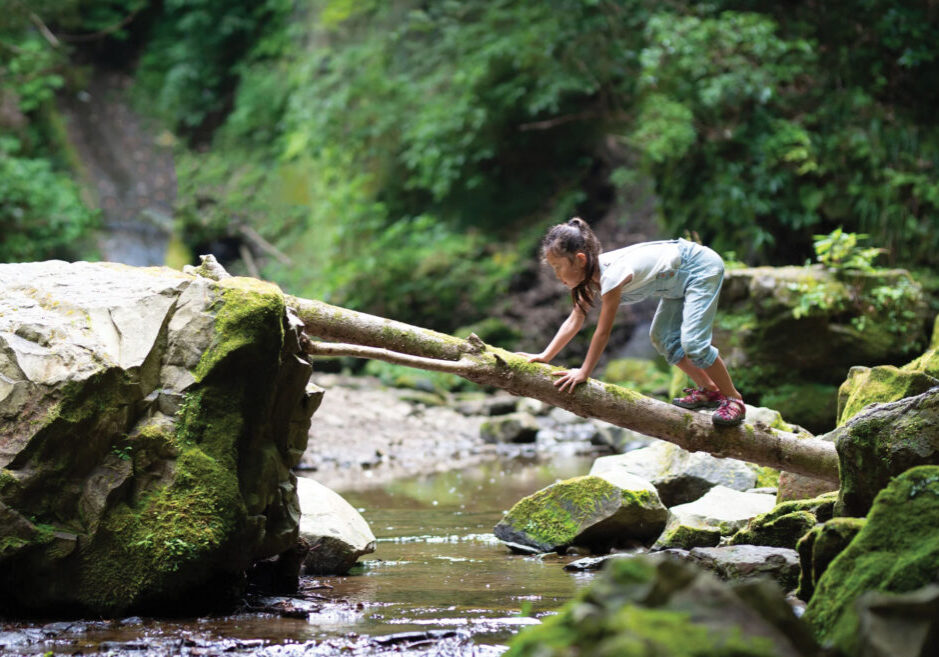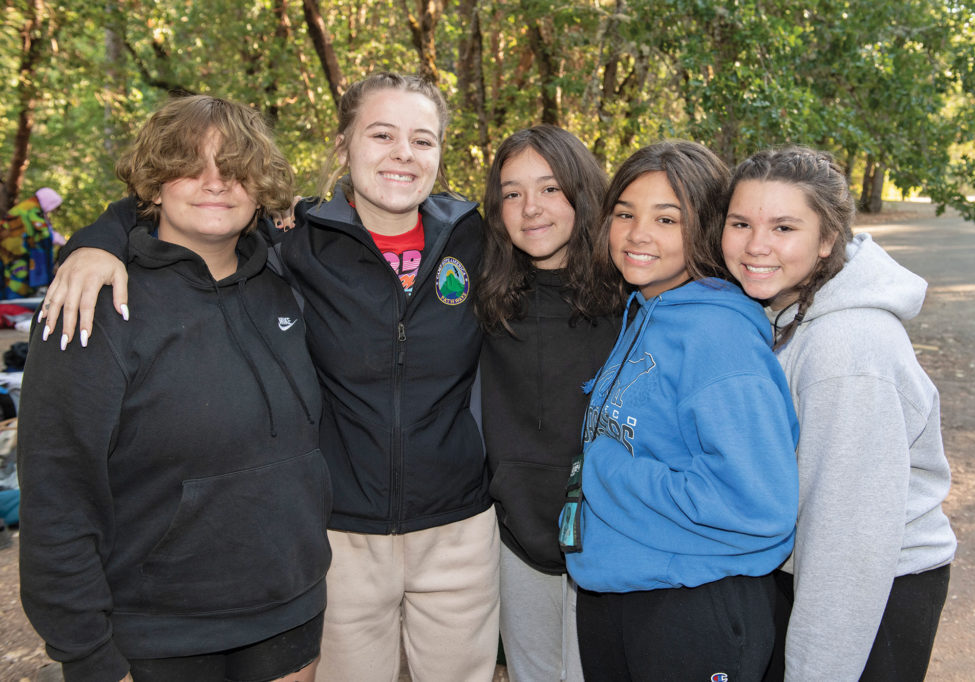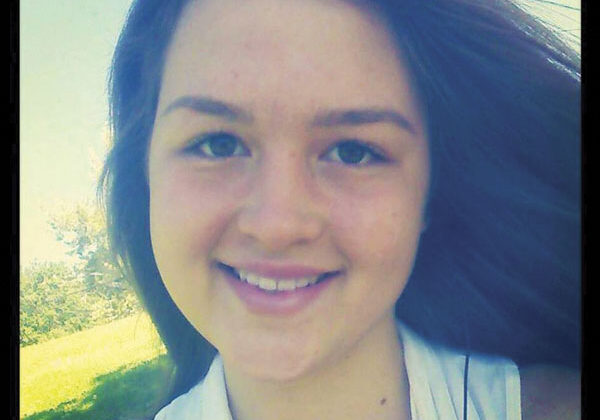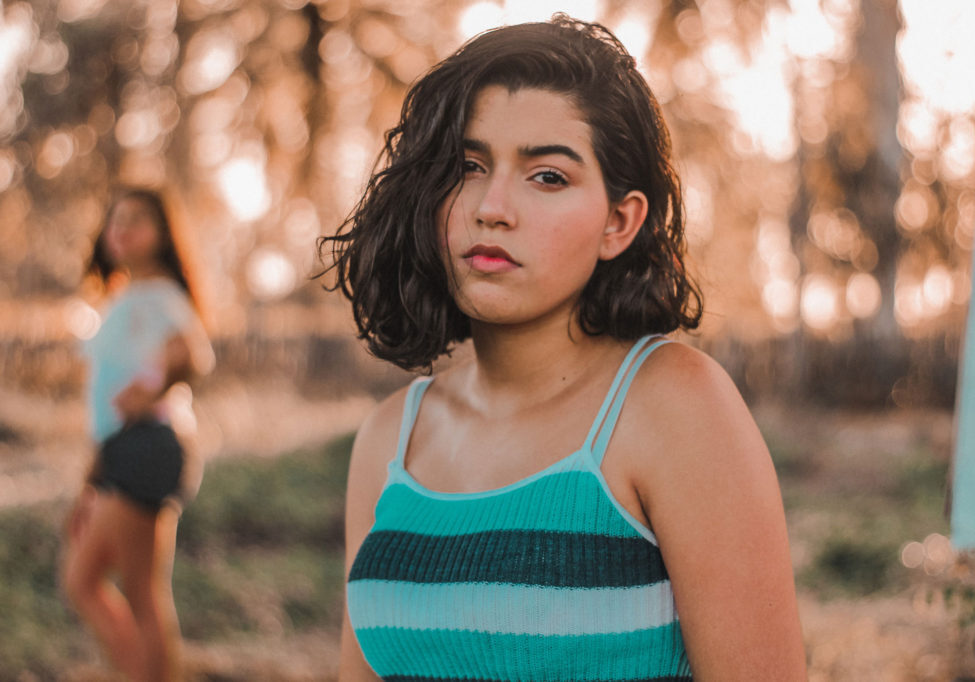In the United States, four out of ten adolescents have directly witnessed violence, 17 percent have been physically assaulted, and eight percent have experienced sexual assault. These rates are even higher for teens from marginalized or oppressed groups.
Experiencing trauma affects everyone differently. Most people who experience a traumatic event don’t develop post-traumatic stress disorder (PTSD), but teens are at a higher risk. It is estimated that 75 percent of children who experience a school shooting and 90 percent of children who are sexually abused develop PSTD. Experiencing trauma can interfere with a teen’s cognitive and social development and increase academic problems, making them more likely to engage in risky behavior such as using substances.
While violence portrayed in the news and on social media has been a concern for some time, sharing videos containing police brutality, school violence, and hate crimes has amplified the concerns for parents.
Here are five practical tips that you can use to talk to your teen about violence and trauma.
Create a safe place for emotions
Creating a safe place for emotions will allow your teen to share if they are feeling confused or overwhelmed. Listen first and ask questions second. It may take several conversations to establish a connection, so your best bet is to remain calm and consistent. Try not to let your own worries direct the conversation; instead, create space for the free expression of emotions they are experiencing. Remind them frequently that you are a trusted resource they can rely on, no matter what.
Invite your teen to share thoughts and feelings
Invite your teen to share their thoughts and feelings about what they have been experiencing, reading, or viewing in the news and online. Here are some examples of how to get the conversation started:
- “I was reading in the news about the protests today. I’m curious what you think about what’s going on?”
- “Have you talked to any of your friends about what happened?”
- “What’s happening at school sounds like a lot to handle. I’m a listening ear if you would like to talk.”
Creating safety at home is essential
Creating a home-based environment of supportive safety where your teen can find acceptance and consistency is essential. Provide reassurance that you are learning together.
It is important for teens and young adults to hear that we don’t have all the answers but are open to learning and understanding different perspectives. Learning together and discussing these topics as a family creates safety and connection—both antidotes to trauma.
Finding new options
Finding an experienced clinician who specializes in adolescent mental health can be a huge help in navigating the complex process of resolving trauma. Today, new options such as teletherapy are emerging to support teens and young adults regardless of geographic location.
Posted in: Youth & Teen
Comment Policy: All viewpoints are welcome, but comments should remain relevant. Personal attacks, profanity, and aggressive behavior are not allowed. No spam, advertising, or promoting of products/services. Please, only use your real name and limit the amount of links submitted in your comment.
You Might Also Like...

How To Create Precious One-On-One Time With Your Kids
Growing up as an only child, I was not spoiled with THINGS, but instead, my parents gave me the gift of one-on-one time. I treasured that time and am learning […]

Why Kids Need Risky Play to Thrive
When my youngest daughter learned to ride her bike last summer, my husband and I promptly snapped a photo to document the milestone. In the picture, our daughter looks triumphant, her feet resting comfortably […]

Teen Centered/Shasta App Lets Teens Find Resources From Their Phones
Pathways to Hope for Children, Shasta County’s child abuse prevention coordinating council, operates the Anderson Teen Center and will soon open a teen center in Redding. With our focus on […]





